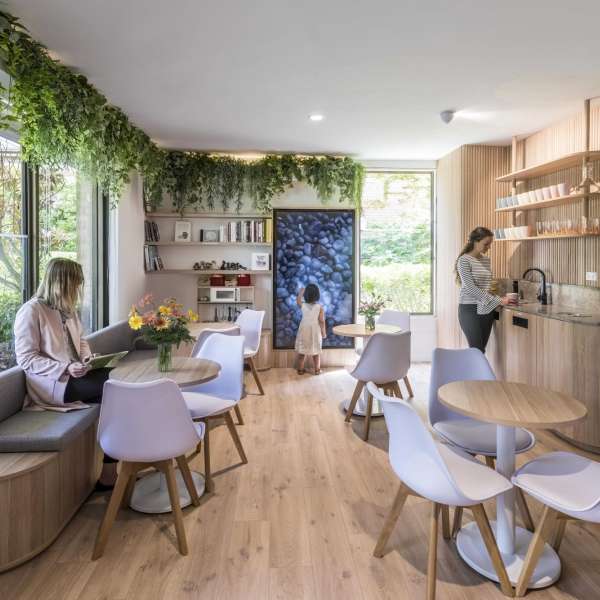
More Sun Safely!
As summer approaches and the sun starts to shine earlier and longer, it’s the perfect time to explore how our use of light and our exposure to the sun influences our health.
Light is received as a signal for our bodies to set our circadian rhythm, which regulates our sleep- wake cycles, hormone release and energy production. Furthermore, light signals perceived by mitochondrial receptors can signal metabolic function, positively influencing hormonal and immune processes.
Certain practices can optimise the benefits of sunlight exposure, thus supporting mitochondrial health. Here’s how you can harness the power of sunlight to enhance your energy production and well-being.
1. Support Mitochondrial Health with Sun Exposure
- Aim for Morning Sunlight: Exposure to natural light, especially in the morning, helps regulate your body’s circadian rhythms and boosts mitochondrial function. Try to get outside within the first hour of waking for 10-20 minutes.
- Get Regular Sunlight Throughout the Day: Aim for at least 10 minutes of sun exposure multiple times a day. Remember to go without sunglasses during these short sessions to maximise light absorption.
2. Create a Sunlight- Friendly Environment
- Maximise Natural Light Indoors: Keep your living spaces bright by opening curtains and blinds during the day. If possible, work near windows or in areas where natural light is abundant, and open a window to let natural light in.
- Spend Time Outdoors: Engaging in outdoor activities not only provides natural light but also encourages physical movement and nature exposure. Exercise enhances mitochondrial density, improving energy efficiency. Whether it’s walking, gardening, or playing sports, aim for at least 30 minutes of outdoor activity each day.
3. Mind the Timing of Light Exposure
- Avoid Excessive Sun: While sun exposure is beneficial, when you have not gradually built up your melanin layer, too much UV exposure can lead to oxidative stress and skin damage. If you are outdoors and exposed for longer periods of time, protect your skin during peak UVB hours (usually between 10 a.m. and 4 p.m.) with clothing or non-toxic sunscreen. D Minder is a wonderful App which helps you safely navigate the optimal time of day to get sun without burning, based on your location, altitude and weather conditions.
- Consider Your Routine: If you feel sluggish or fatigued in the day, a short walk outside can re-energise you. Aim for at least 10 minutes of natural light exposure to enhance alertness and productivity. Taking several movement snacks through the day to move outside and reconnect to natural light will align your body clock to the sun, thus improving circadian rhythm and energy levels.
- Avoid Exposure to Artificial Light after Sunset: Blue light exposure at night will disrupt your circadian rhythm, interfering with the impact of other light practices you have been implementing throughout the day. Consider using Bio-Lights, use orange/red screens for devices, dim your lights in the evening and/ or wear blue light blocking glasses.
Learn more about Light health with Dr Max Gulhane on our Genbiome Patient Salon 16th Oct 2024
